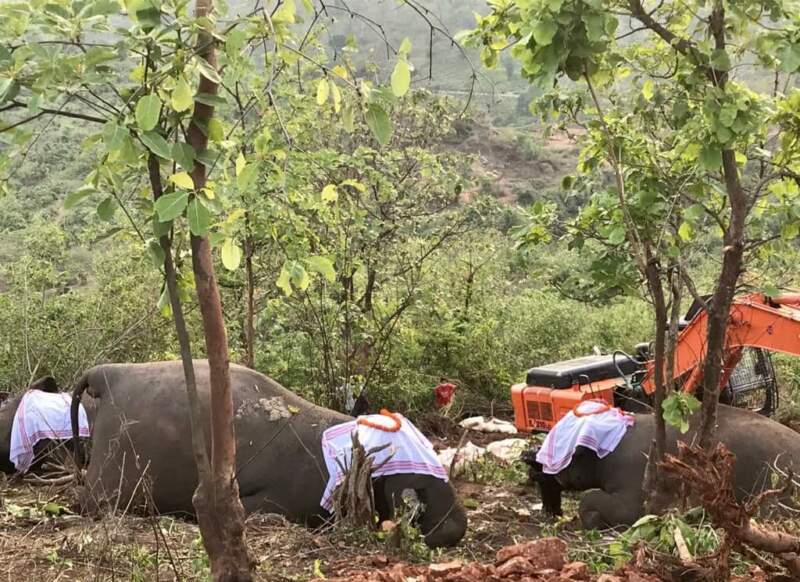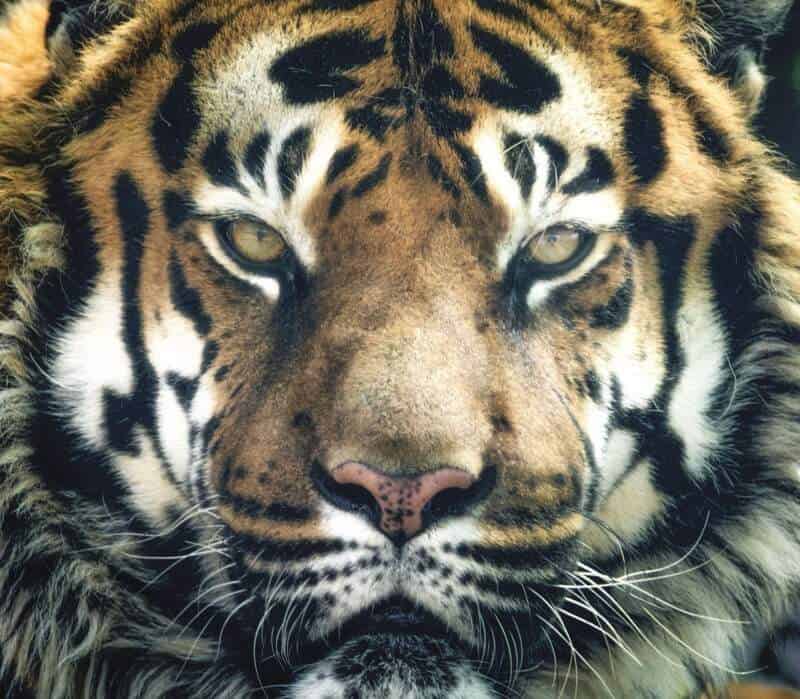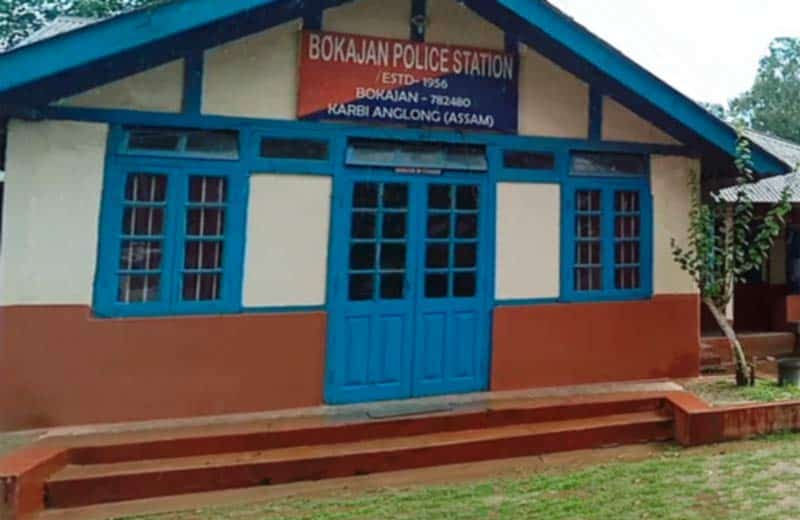Diphu October 27: An unstable economy and drift in the political winds have taken the unpardonable liberties with the Wilderness and Wildlife forms of the Karbi Massif or the Mikir hills area. It is truly a wildlife massacre.
With the Forest Department of the Karbi Anglong Autonomous Council authority floundering now with no capable guidance mechanism, the world famous Indo-Myanmar Biodiversity Hotspot’s local area is facing nothing less than a disaster.
The chain of plateaus from Doboka to Deothar via the Dejoo Valley and Rekha Pahar is the northern tip of the Indo Myanmar Biodiversity Hotspot melting into the riparian plains of the Kaziranga National Park.
The Chenghehison Hills (As per documented records of the colonial Assam) is a massif with an area more than 7,000 sq kilometres. From the mid 1960’s to 1998, the area went under the timber operators’ saw using tremendous skilled manpower.
The unscientific logging was very pervasive. The ban on felling by the Apex court of India in the PIL case no 202/95, T. N. Godhavarman Thirumulkpad somehow was deliverance. The timber operators from nearby Dimapur neither gave any chances to the Dhansiri Reserve Forest in terms of timber felling and wild elephant hunting.
As of now, the area of attack is definitely the lush pristine forests contiguous to the Khonbamon and the Dillai Parbat areas. The Dillai Parbat is full of limestone that is utilized by the Bokajan factory of the Cement Corporation of India.
As an informed source, in conditions of anonymity, has divulged that the poachers of Karbi, Kuki and some of the Naga Tribes have left nothing from the croaking frogs in the streams to the elephants in the Jungle, not to mention about the various birds gracing the skies.
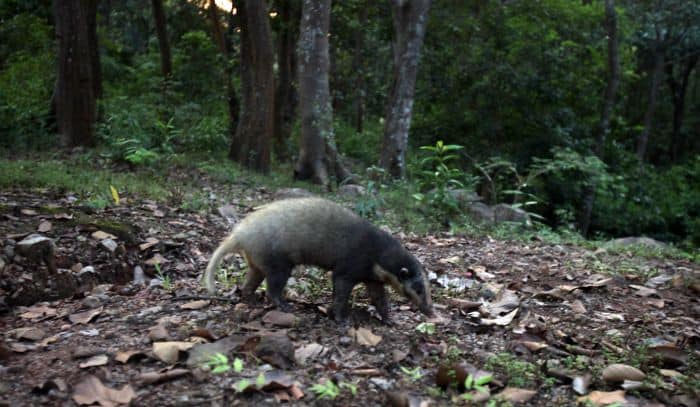
Full grown female hog badger walks away after her release in the woods of Kaziranga at Rangalu forest under Birhapahar Range on 28th September 2015. Photo: Subhamoy Bhattacharjee/IFAW-WTI
There is a huge black market of domestic dogs and wild deer of various species thriving in the Karbi Anglong townships. These losses to the natural prey base to the abundant numbers of Royal Bengal Tigers can cause severe damages to their feeding ecology.
Bokajan region of Karbi Anglong autonomous district and it’s adjacent reserve forest areas which extents up to Kaziranga National Park, organized gang of poachers and criminal plant harvesters are carrying out illicit trade of wildlife medicinal species and aromatic plants.
Biodiversity hot beds lying transversely near Dillai Parbat and Khonbamon, Nambor and enormous protected forest areas catching to Kaziranga National Park and unclassed wooded areas crisscrossed by small rivulets and water bodies have become the target of the poachers, reapers and cutters.
Large quantity of wild snail (escargot), flying frogs, pygmy hog, deer meat or venison of every class, elephant meat or bush-meat and freshly poached migratory birds are making its way through secret routes to Nagaland, Manipur and some hilly areas of Assam.
Every day huge quantities of snails and frogs are smuggled to nearby Dimapur city of Nagaland through Laharijan corridor of Bokajan. Animal protein haul out from poached elephant, deer and wild hog are sold not only to neighboring states but regularly vended, chiefly by women purveyors who generally trade on three wheelers; they deliver the prohibited venison and bush-meat to specific customers in places like Bokajan market, Lahorijan, Khatkati, Dimapur city of Nagaland, Lakhijan, Chokihola, Hidipi, Sarahijan in broad daylight, driving through national highway.
Though there are four Wildlife Sanctuaries in the Karbi Anglong Autonomous Council governed areas, there are neither separate and dedicated personnel nor any forest division to look after the Wildlife Law Enforcement. As a result, the nearest neighbour, the Kaziranga National Park had a nightmarish experience when the Karbi Hills became a conduit and bases of rhino poachers. As far as many cases of rhino poaching, the rhino horn trails ended in Dokmoka, Manja, Bokajan and of course, the Diphu townships.
The deer venison and wild birds are popular among the middle class to the Jet Set of the societies of Assam and neighbouring states. If you want to kill the last fishes in the streams and the last birds in the boughs, just for coffee followed by commercial rubber plantation and then now, the Palm plantation for palm oil, Karbi Anglong is the most lucrative place for the protagonists of fossil fuel civilization.
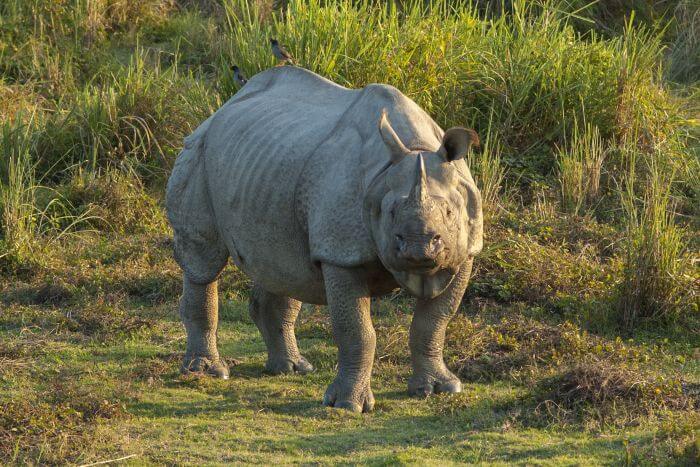
Wild Indian rhinoceros in Kaziranga National Park. Photo: Yathin SK

